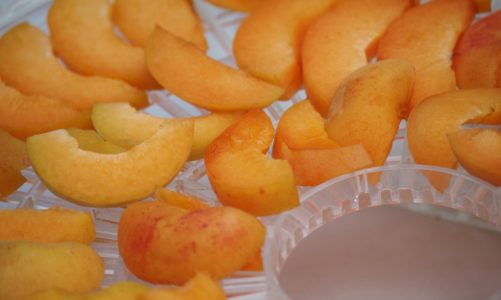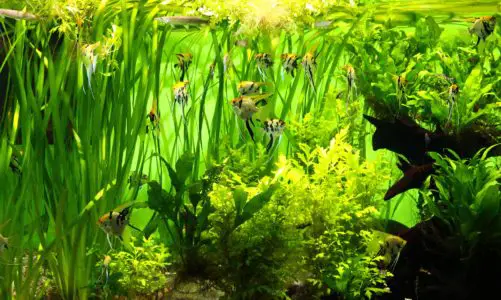Sprucing up indoor areas with the most oxygenating houseplants is now a thing. Indoor green spaces are popping up everywhere. More homes, offices, cafés, and restaurants are sporting this new design trend, creating indoor green areas that have multi-functional uses. It is not hard to understand why plants are our new best friends. They make us feel good, help keep us alert, and may even double up as air cleaners, capable of removing harmful pollutants from the air. Benzene, formaldehyde, and trichloroethylene are toxic and carcinogenic compounds released from furniture, carpets, and/or household cleaning solutions. People who suffer from asthma or allergies may benefit greatly from improved indoor air quality.
A 1989 study done by NASA alongside the Associated Landscape Contractors of America (ALCA), shed some light on the air filtering capabilities of plants and also identified the most oxygenating houseplants.
Interestingly, researchers discovered that the plant itself may not be responsible for the actual air filtering. This job is done by a host of symbiotic microorganisms residing in the plant’s root and leaf systems. These organisms effectively make the volatile compounds in the air bioavailable to the plant. Increasing the air circulation in the root systems of plants would result in improved air filtering capabilities.
If oxygenating the air is your main goal, make sure you have enough of the most oxygenating houseplants available for indoor use. There should be at least one plant occupying every 10 square meters of space.
TOP 10 most oxygenating houseplants
1. Golden pothos (Epipremnum aureum)
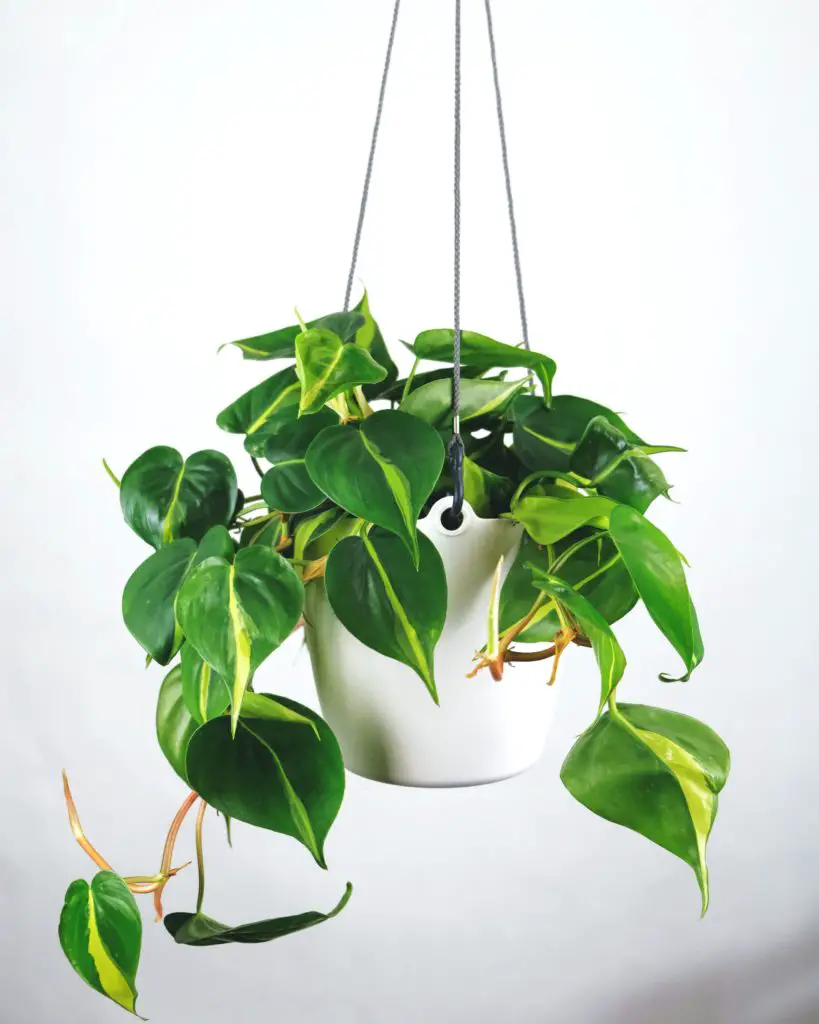
The lovely Golden Pothos (Epipremnum aureum) is a favorite amongst oxygenating houseplants. In a study, it was grown on an activated carbon filtration system inside a small chamber. After 2 hours, levels of the volatile compound injected into the chamber, was barely detectable. It is a pretty vine that will look attractive placed on a bookshelf or hung from the ceiling. Keep away from direct sun and only water when soil is dry.
May help reduce reduced air levels of benzene and trichloroethylene.
2. The Snake plant (Sansevieria trifasciata‘Laurentii’)
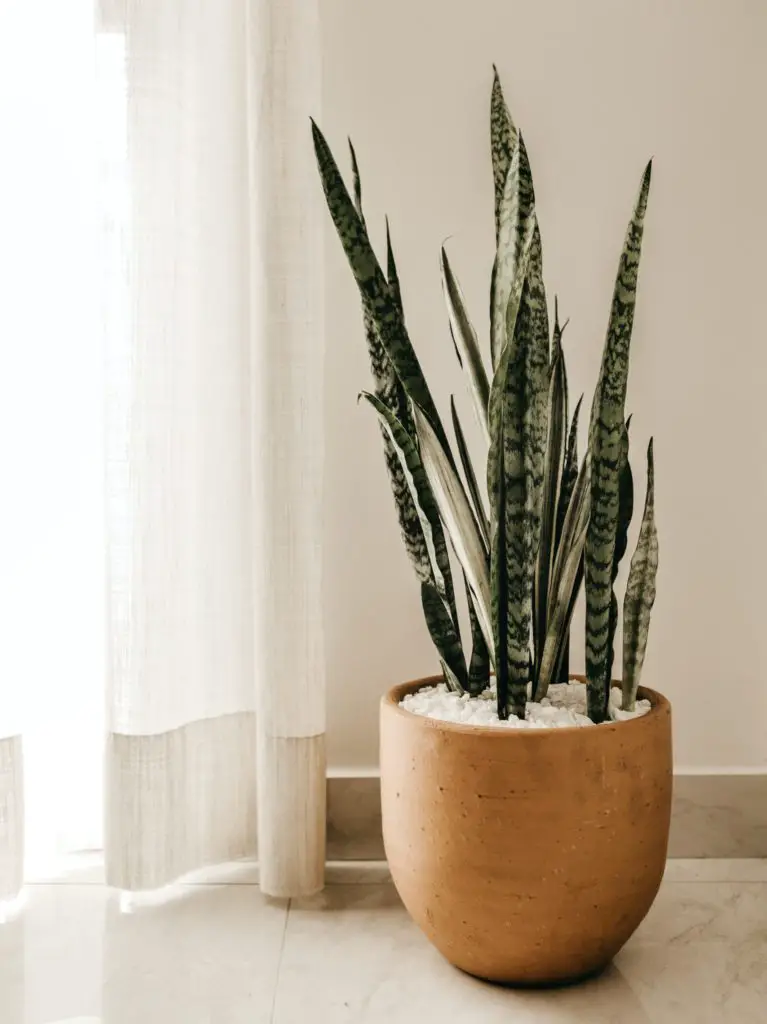
The Snake plant, also known as mother-in-law’s tongue is a great oxygenating houseplant. For a good night’s rest make sure to place one of these in your bedroom. It is low maintenance and prefers bright, indirect light. Take care not to overwater it.
It may help to reduce benzene, formaldehyde, trichloroethylene, xylene, and toluene in the air.
3. Chrysanthemum (Chrysanthemum morifolium)
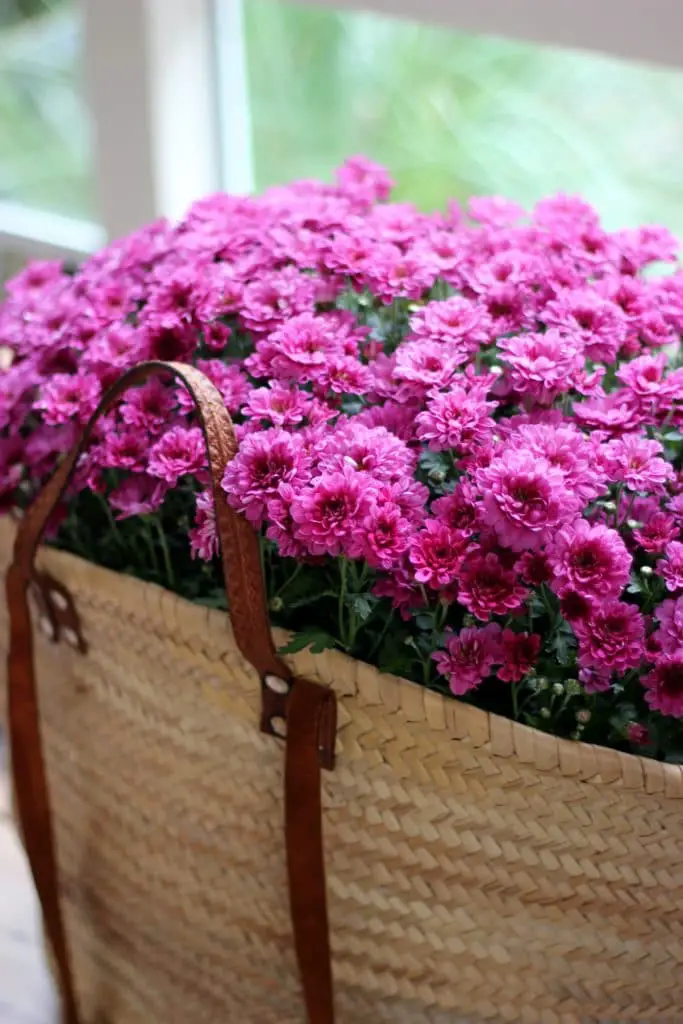
The Chrysanthemum scores top points as one of the most oxygenating houseplants around. Kept in a pot, Chrysanthemum can be kept indoors for a few weeks. Once it has flowered it can be planted outside. These plants have a shallow root system and require regular watering in high heat.
Chrysanthemums help to reduce benzene, formaldehyde, trichloroethylene, xylene, toluene, and ammonia in the air.
4. English ivy (Hedera helix)
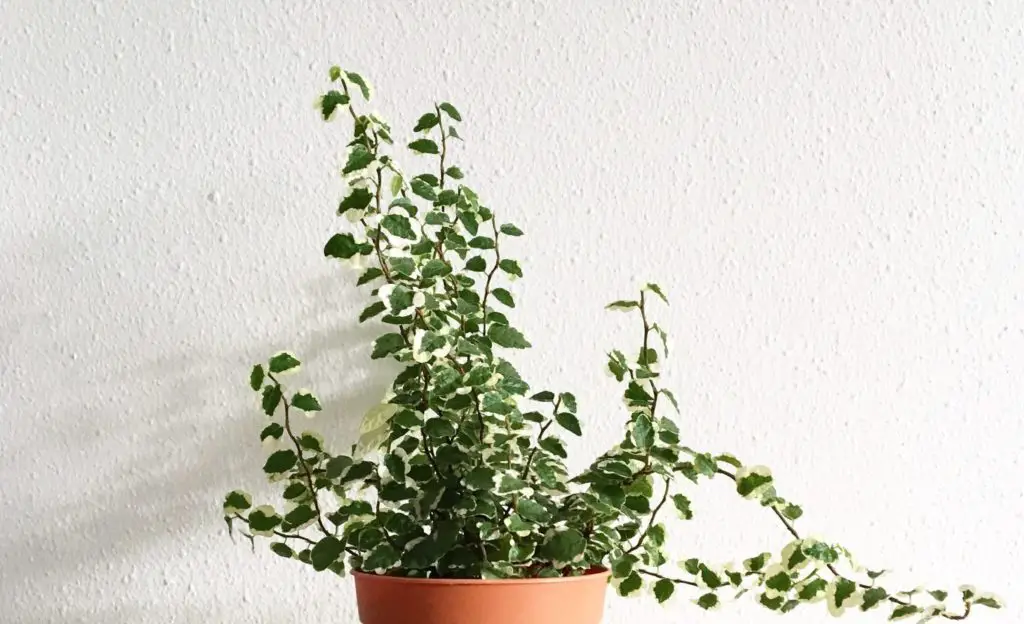
English ivy has garnered quite a reputation in some parts of the world as a nuisance because it spreads prolifically and kills other plants. Indoors it behaves itself better and makes for quite a pretty indoor plant. It is one of the top 10 most oxygenating houseplants. It effectively removes toxic chemicals in the air, such as benzene, formaldehyde, trichloroethylene, xylene, and toluene. Placing it in a bathroom may also help combat mold. Always make sure your ivy has adequate drainage.
5. Parlour palm (Chamaedorea elegans)
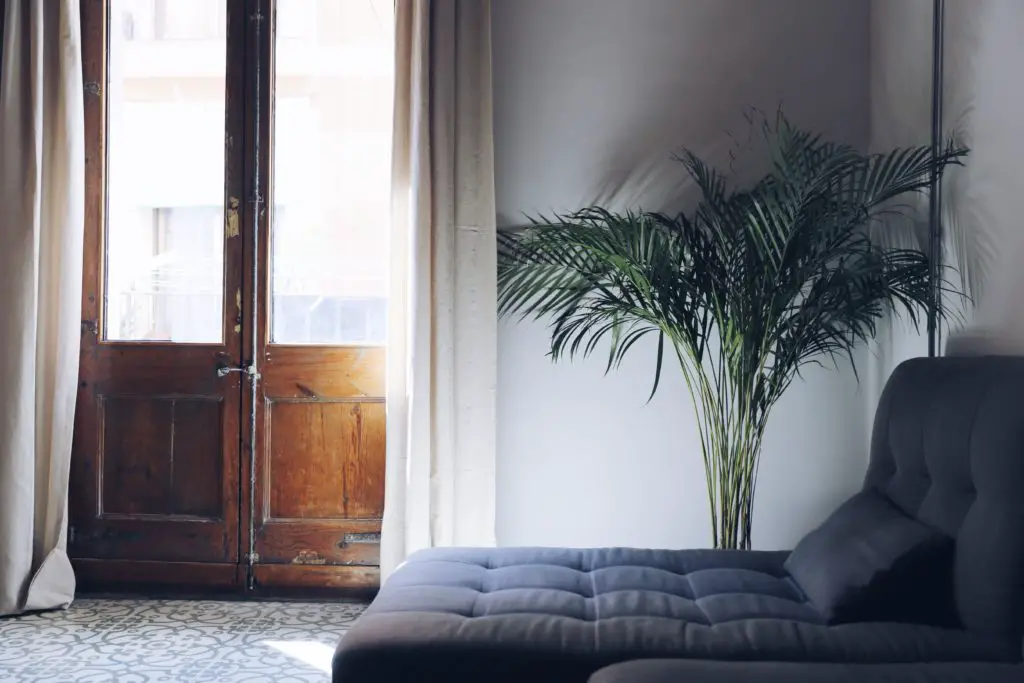
The attractive Parlour palm is an excellent air filtering plant, making it the ideal plant for the office. It effectively deals with benzene, formaldehyde, trichloroethylene, xylene, toluene as well as ammonia. It likes bright indirect light and a somewhat humid environment. An occasional misting is sure to be appreciated too. Make sure not to overwater it, by allowing the soil to try in between watering the plant. It is a slow grower and not a very fussy plant.
6. Peace lily (Spathiphyllum‘ Mauna Loa’)
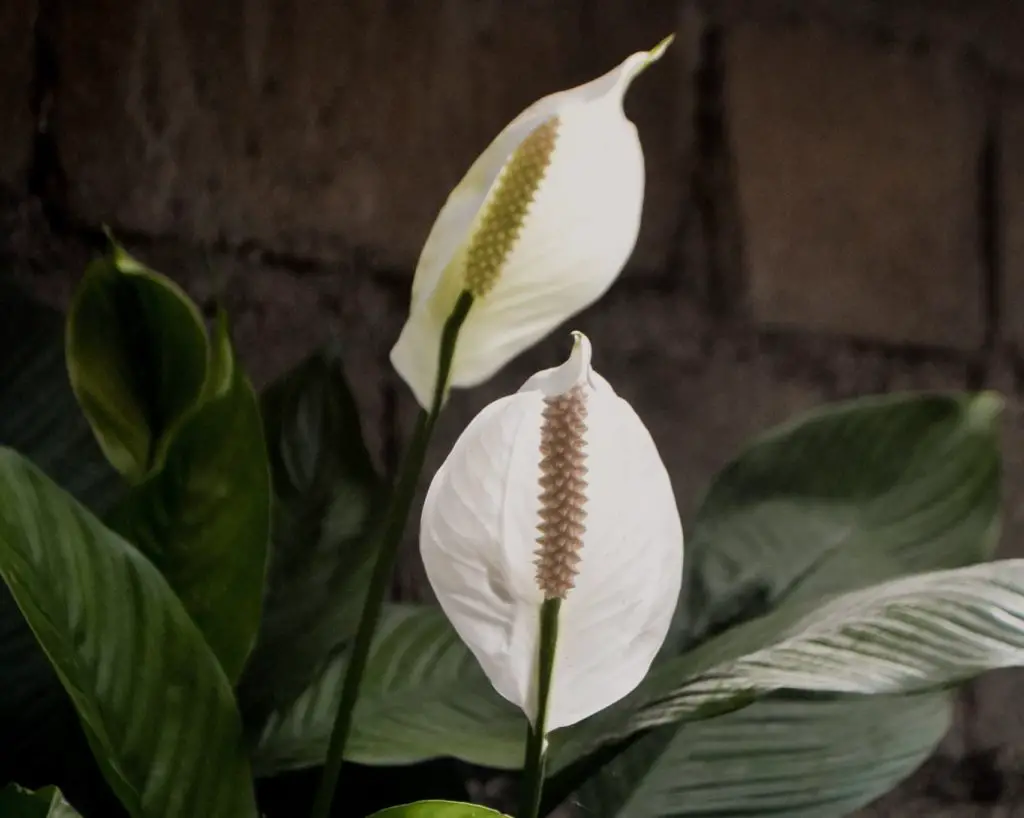
The ever-popular Peace lily is a top choice when it comes to natural air filtration. It is able to deal with benzene, formaldehyde, trichloroethylene, xylene, toluene, and ammonia. Native to tropical rainforests of America, this lily loves humidity. Keep it happy in bright indirect light and give the leaves an occasional spritzing.
7. Barberton daisy (Gerbera jamesonii)
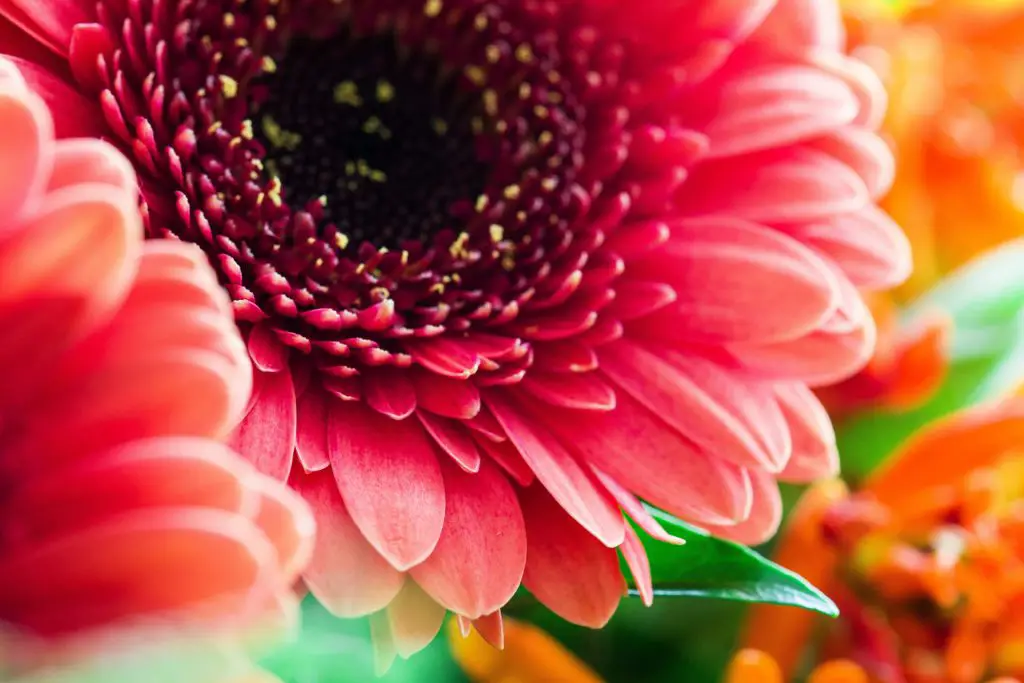
The very pretty Barberton daisy is also an effective air cleaner. It happily removes pollutants such as benzene, formaldehyde, and trichloroethylene from the air. Keep your Barberton happy by providing it with bright all-day sunlight and adequate drainage. Water only when the top 3 inches of soil is dry.
8. Bamboo palm (Chamaedorea seifrizii)
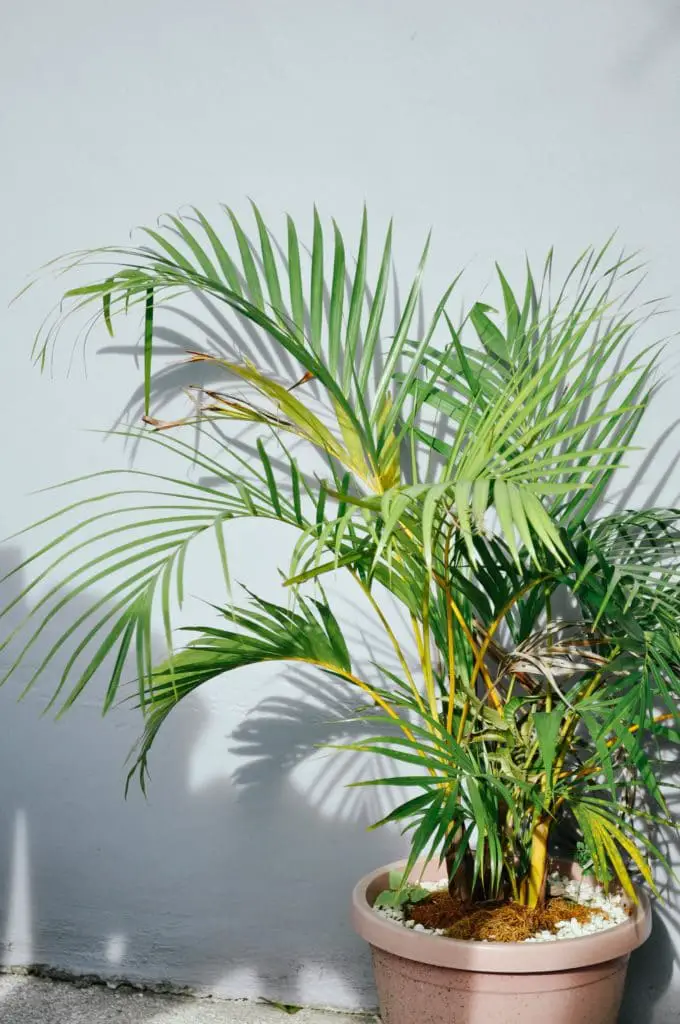
This palm is a great oxygenating houseplant. In fact, it ranks high alongside other palms like the Lady palm and Parlour palm when it comes to removing toxic pollutants from the air. Volatile compounds that are dealt with include benzene, formaldehyde, trichloroethylene, xylene, and toluene. This low maintenance, pet-friendly, and easy to care for plant is a good choice for any home or office.
9. Red edged dracaena (Dracaena marginata)

This popular indoor tree, also known as the Madagascar dragon tree, is not only an excellent oxygenating houseplant, but also removes airborne toxins such as benzene, formaldehyde, trichloroethylene, xylene, and toluene. Water your dragon tree every 10-14 days and place it in a sunny area. Unfortunately, parts of this plant are toxic to dogs and cats.
10. Flamingo lily (Anthurium andraeanum)
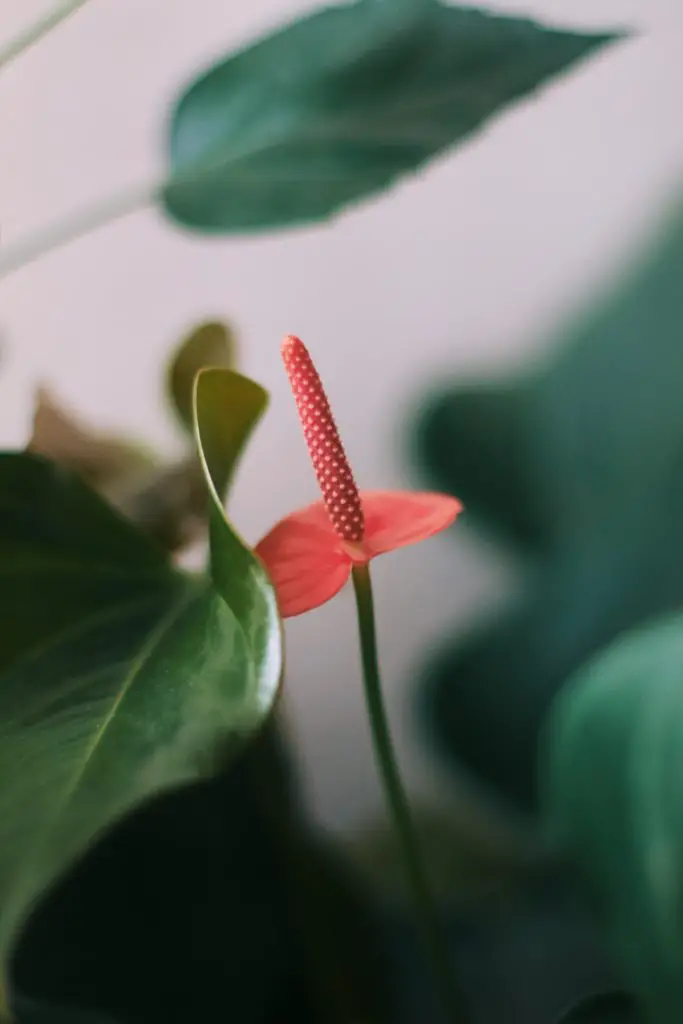
This award-winning lily, with its brightly colored waxy blooms, is a beautiful plant to grow indoors. It was also included in NASA’s Clean Air study as one of the top air-filtering plants. It effectively removes formaldehyde, xylene, toluene as well as ammonia. The Flamingo lily likes bright indirect sunlight, humus-rich soil, and watering only when the soil is dry.
Few last thoughts about the most oxygenation houseplants
We all know that plants make the world a better and healthier place, so it just makes sense to fill our indoor living areas with plants, since most of our time is spent indoors anyway. Putting the most oxygenating houseplants to work in our homes may prove to be the more natural and cost-effective way to freshen up the indoor air we breathe. Combining different plants from the list for air filtering purposes is the best way to go.
If you are living with pets, remember to check the plant’s toxicity profile first. It is better to be safe rather than sorry.
If you enjoyed this, you might like these too:
Watch out! These popular houseplants are unsafe for cats.
Watch out! These houseplants are toxic to rabbits.
Finally! Houseplants cats will not eat.
Popular houseplants you can put in a fish tank.
17 Best houseplants that stay small.
Image credits:
Chewy via Unsplash
Micheile Henderson via Unsplash
Igor Flek via Unsplash
Sigrid Abalos via Pexels
Daniel James via Unsplash
Tofan Teodor via Unsplash


